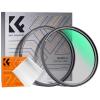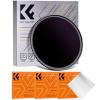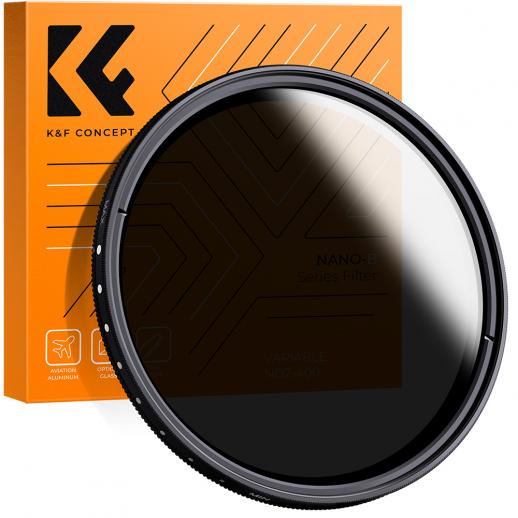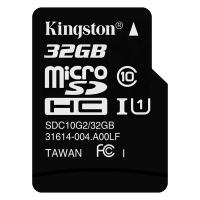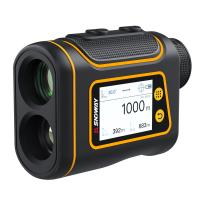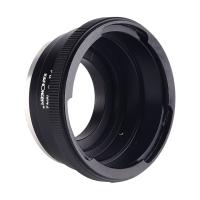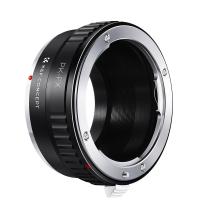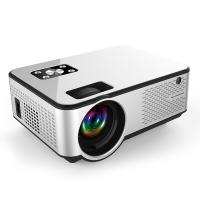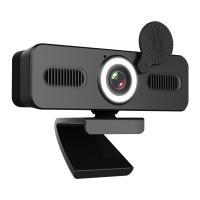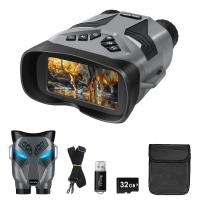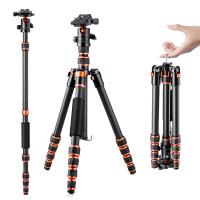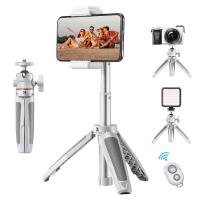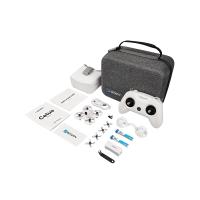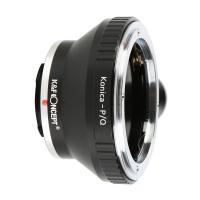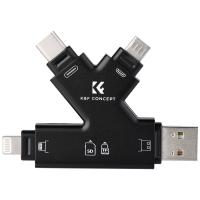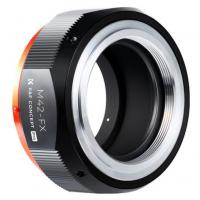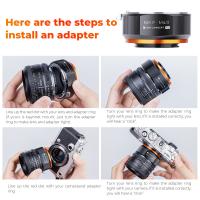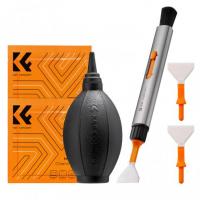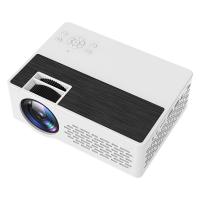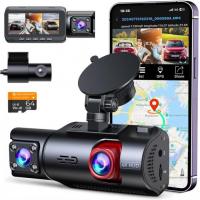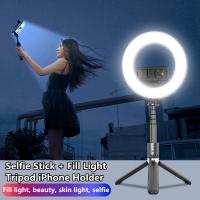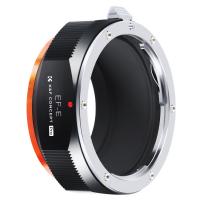How To Read Camera Lens?
Understanding how to read a camera lens is crucial for both amateur and professional photographers. The information inscribed on a lens can tell you a lot about its capabilities and how it will perform in different shooting conditions. This article will break down the key elements you need to know to read and understand camera lenses effectively.
Focal Length
The focal length of a lens is one of the most important specifications. It is usually indicated in millimeters (mm) and can be found on the front or side of the lens. The focal length determines the field of view and magnification of the lens.
- Wide-Angle Lenses (10-35mm): These lenses have a short focal length and are ideal for capturing wide scenes, such as landscapes or large groups of people.
- Standard Lenses (35-70mm): These lenses offer a field of view that is similar to human vision and are versatile for various types of photography.
- Telephoto Lenses (70-300mm and above): These lenses have a long focal length and are perfect for capturing distant subjects, such as wildlife or sports events.
Aperture
The aperture of a lens is indicated by an f-number (e.g., f/2.8, f/4, f/5.6). The aperture controls the amount of light that enters the camera and affects the depth of field.
- Wide Aperture (f/1.2 - f/2.8): Allows more light to enter the camera, making it ideal for low-light conditions and achieving a shallow depth of field (blurry background).
- Narrow Aperture (f/8 - f/22): Allows less light to enter, which is useful for achieving a greater depth of field (more of the scene in focus).
Lens Mount
The lens mount is the interface between the camera body and the lens. Different camera manufacturers use different mounts, so it’s essential to ensure that the lens is compatible with your camera. Common mounts include Canon EF, Nikon F, Sony E, and Micro Four Thirds.
Image Stabilization
Some lenses come with built-in image stabilization (IS) or vibration reduction (VR). This feature helps to reduce camera shake, allowing for sharper images, especially in low-light conditions or when using a telephoto lens.
Autofocus
Autofocus (AF) capabilities can vary between lenses. Some lenses have faster and more accurate autofocus systems, which can be crucial for capturing fast-moving subjects. Look for terms like USM (Ultrasonic Motor) for Canon lenses or SWM (Silent Wave Motor) for Nikon lenses, which indicate advanced autofocus technologies.
Lens Elements and Coatings
Modern lenses are made up of multiple glass elements that help to reduce optical aberrations and improve image quality. Some lenses also have special coatings to reduce flare and ghosting. Terms like "ED" (Extra-low Dispersion) and "Aspherical" indicate high-quality lens elements.
Filter Thread Size
The filter thread size is usually indicated in millimeters and can be found on the front of the lens. This size tells you what diameter of filters (e.g., UV, polarizing, ND) you can attach to the lens.
Weather Sealing
For photographers who often shoot in challenging conditions, weather-sealed lenses offer protection against dust and moisture. This feature is usually indicated in the lens specifications and can be a crucial factor for outdoor photography.
Prime vs. Zoom Lenses
- Prime Lenses: Have a fixed focal length and generally offer better image quality, wider apertures, and are lighter and more compact.
- Zoom Lenses: Offer a range of focal lengths, making them more versatile but often at the cost of some image quality and larger size.
Reading Lens Abbreviations
Manufacturers often use abbreviations to indicate specific features of a lens. Here are some common ones:
- Canon: L (Luxury), IS (Image Stabilization), USM (Ultrasonic Motor)
- Nikon: AF-S (Autofocus with Silent Wave Motor), VR (Vibration Reduction), ED (Extra-low Dispersion)
- Sony: G (Gold, high-quality), OSS (Optical SteadyShot)
- Sigma: DG (Digital), OS (Optical Stabilization), HSM (Hyper Sonic Motor)
- Tamron: Di (Digitally Integrated), VC (Vibration Compensation), USD (Ultrasonic Silent Drive)
Practical Tips for Choosing a Lens
1. Identify Your Needs: Determine what type of photography you will be doing most often. This will help you decide whether you need a wide-angle, standard, or telephoto lens.
2. Budget: Lenses can be expensive, so it’s essential to set a budget. Remember that investing in a good lens can significantly improve your photography.
3. Compatibility: Ensure that the lens is compatible with your camera body. Check the lens mount and other specifications.
4. Test Before You Buy: If possible, test the lens on your camera before purchasing. This will give you a feel for its performance and handling.
5. Read Reviews: Look for reviews and sample images taken with the lens. This can provide valuable insights into its performance and image quality.
Understanding how to read a camera lens is essential for making informed decisions and improving your photography. By paying attention to the focal length, aperture, lens mount, image stabilization, autofocus, lens elements, filter thread size, weather sealing, and other features, you can choose the right lens for your needs. Whether you are a beginner or a seasoned photographer, knowing how to read and interpret lens specifications will help you get the most out of your equipment and enhance your photographic skills.

